
Astrophotography
@multiverse01.bsky.social
It's all about astrophotography.
Hubble Vs Webb
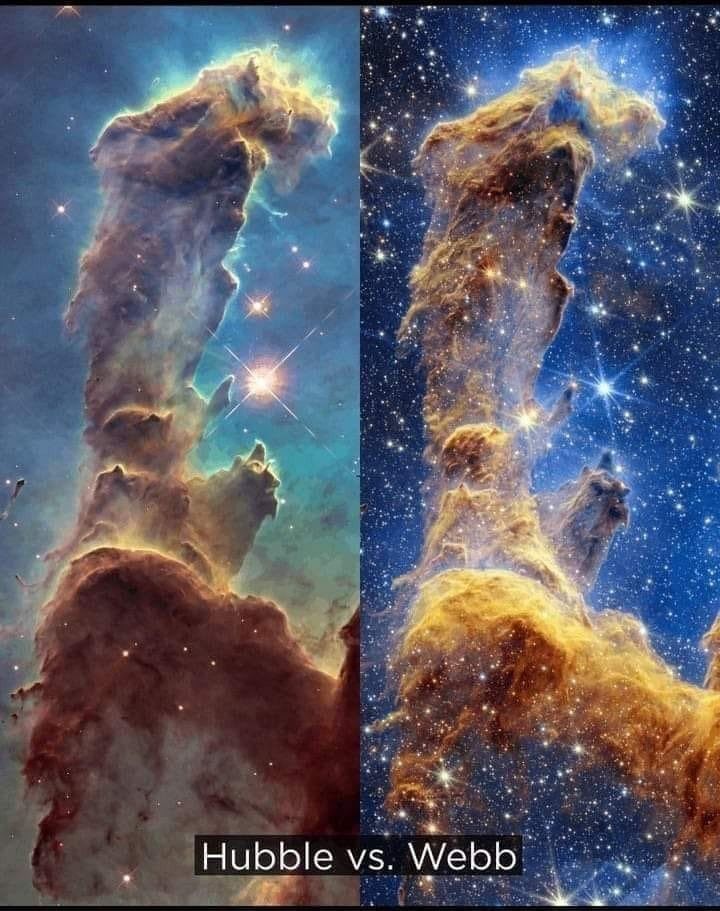
February 10, 2025 at 10:36 AM
Hubble Vs Webb
This infrared image from NASA Spitzer Space Telescope shows the Helix nebula, a cosmic starlet often photographed by amateur astronomers for its vivid colors and eerie resemblance to a giant eye.
Credit: NASA/JPL-Caltech/Univ.of Ariz.
Credit: NASA/JPL-Caltech/Univ.of Ariz.
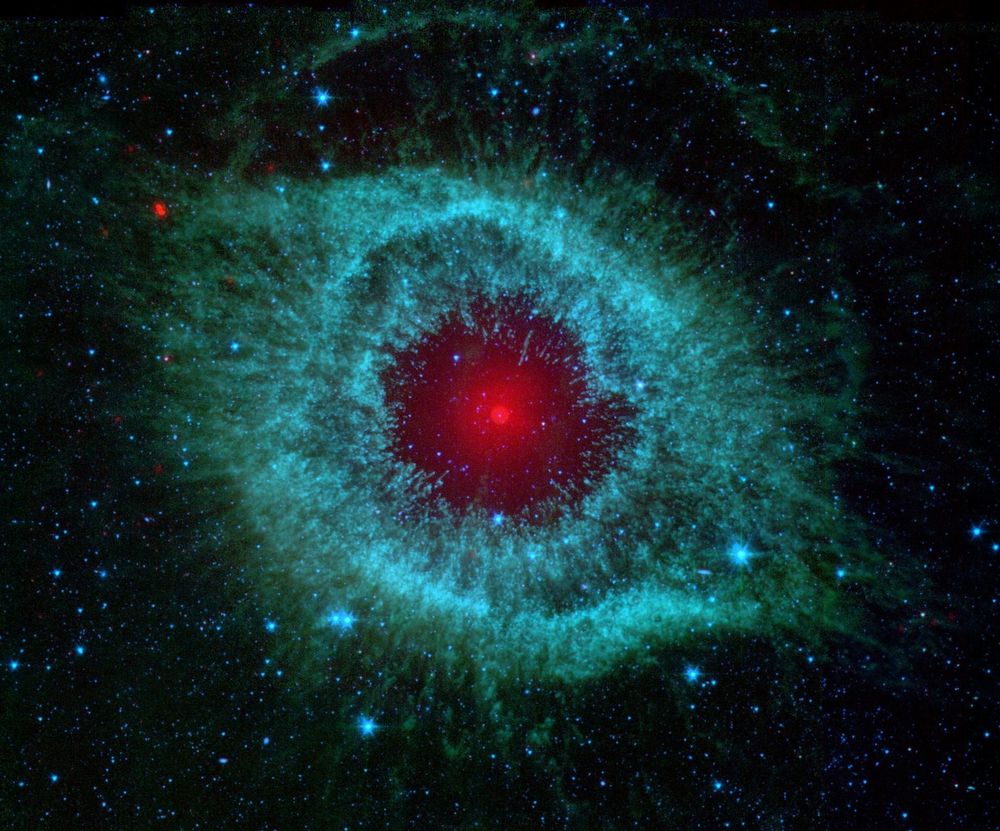
January 15, 2025 at 11:06 AM
This infrared image from NASA Spitzer Space Telescope shows the Helix nebula, a cosmic starlet often photographed by amateur astronomers for its vivid colors and eerie resemblance to a giant eye.
Credit: NASA/JPL-Caltech/Univ.of Ariz.
Credit: NASA/JPL-Caltech/Univ.of Ariz.
This image shows the Antennae Galaxies (NGC 4038 & NGC 4039), 60 million light-years away in Corvus. These galaxies are in the process of merging, creating tidal tails and bursts of star formation from their gravitational interaction.
Photo Credit: Robert Gendler
Photo Credit: Robert Gendler
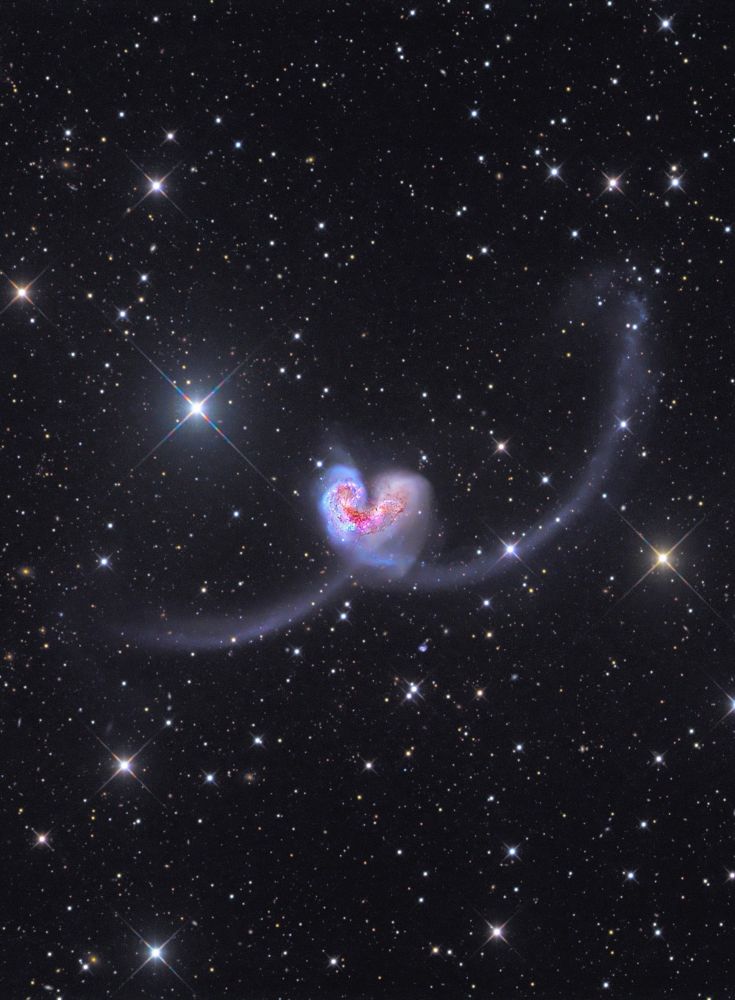
January 15, 2025 at 11:03 AM
This image shows the Antennae Galaxies (NGC 4038 & NGC 4039), 60 million light-years away in Corvus. These galaxies are in the process of merging, creating tidal tails and bursts of star formation from their gravitational interaction.
Photo Credit: Robert Gendler
Photo Credit: Robert Gendler
Thor's Helmet Nebula

January 15, 2025 at 11:01 AM
Thor's Helmet Nebula
colliding spiral galaxies by JWSTand Hubble.
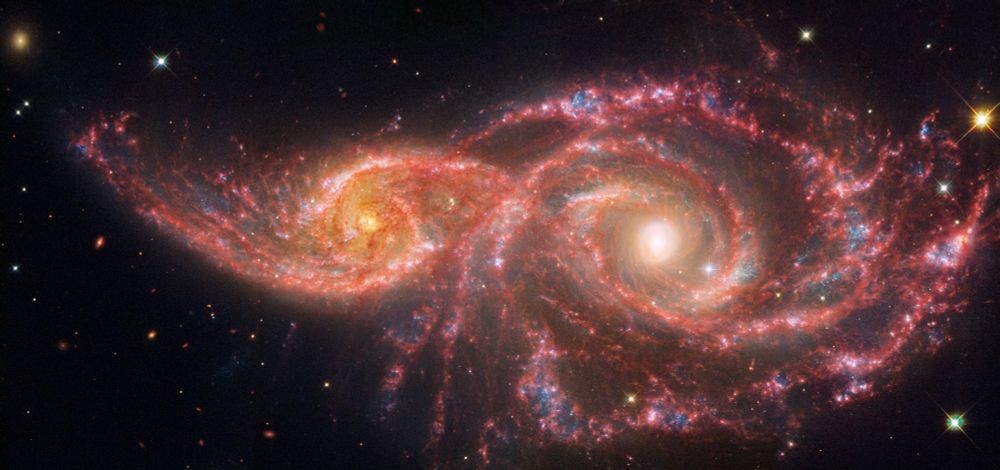
January 8, 2025 at 2:15 AM
colliding spiral galaxies by JWSTand Hubble.
Crab nebula.
A star that violently exploded ~970 years ago and left a neutron star in its center.
A star that violently exploded ~970 years ago and left a neutron star in its center.

January 5, 2025 at 2:17 AM
Crab nebula.
A star that violently exploded ~970 years ago and left a neutron star in its center.
A star that violently exploded ~970 years ago and left a neutron star in its center.
This image features the ZS7 galaxy system, showing a large field of hundreds of galaxies on the black background of space
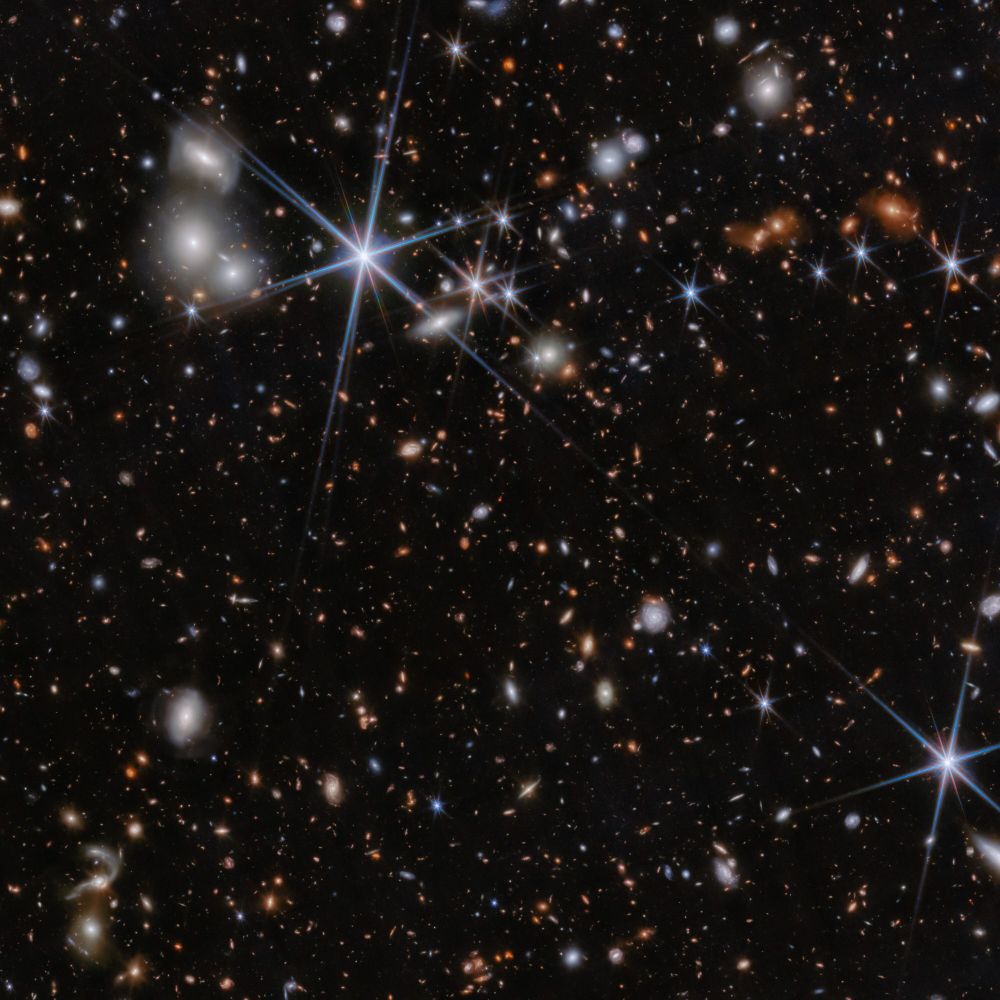
January 4, 2025 at 2:37 AM
This image features the ZS7 galaxy system, showing a large field of hundreds of galaxies on the black background of space
NGC 604.
This region is a hotbed of star formation and home to more than 200 of the hottest, most massive kinds of stars, all in the early stages of their lives. BY -jwst
This region is a hotbed of star formation and home to more than 200 of the hottest, most massive kinds of stars, all in the early stages of their lives. BY -jwst
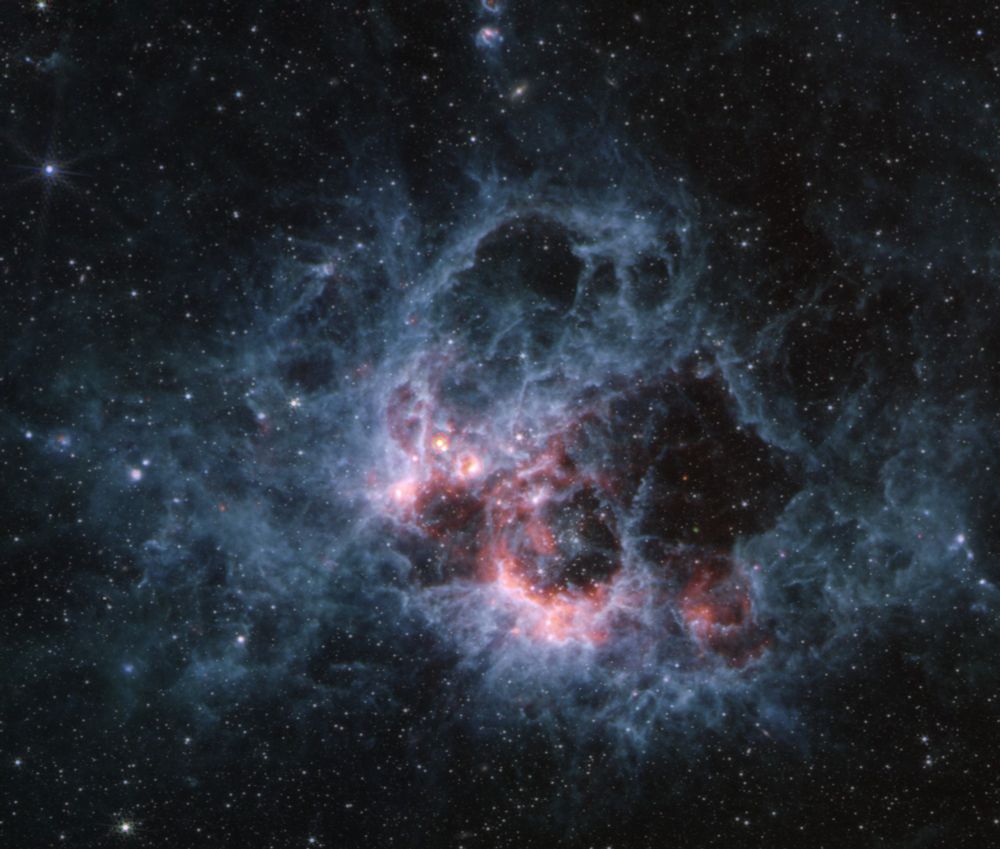
January 3, 2025 at 1:15 AM
NGC 604.
This region is a hotbed of star formation and home to more than 200 of the hottest, most massive kinds of stars, all in the early stages of their lives. BY -jwst
This region is a hotbed of star formation and home to more than 200 of the hottest, most massive kinds of stars, all in the early stages of their lives. BY -jwst
Happy new year to all my friends.

January 1, 2025 at 10:25 AM
Happy new year to all my friends.
One of the Universe’s prettiest mysteries — Hoag’s Object, a ring galaxy around 600 million light-years away in the constellation Serpens.
Image Credit: NASA/ESA, Processing: Benoit Blanco
Image Credit: NASA/ESA, Processing: Benoit Blanco
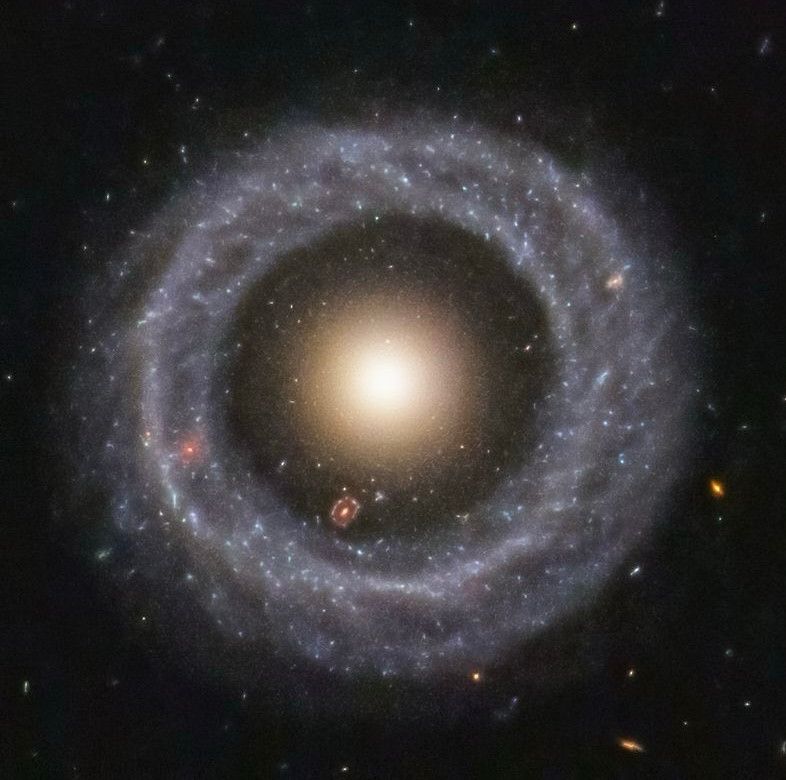
January 1, 2025 at 10:23 AM
One of the Universe’s prettiest mysteries — Hoag’s Object, a ring galaxy around 600 million light-years away in the constellation Serpens.
Image Credit: NASA/ESA, Processing: Benoit Blanco
Image Credit: NASA/ESA, Processing: Benoit Blanco
Feast your eyes on the Webb Telescope image of Rho Ophiuchi Cloud Complex, the closest star nursery to Earth!
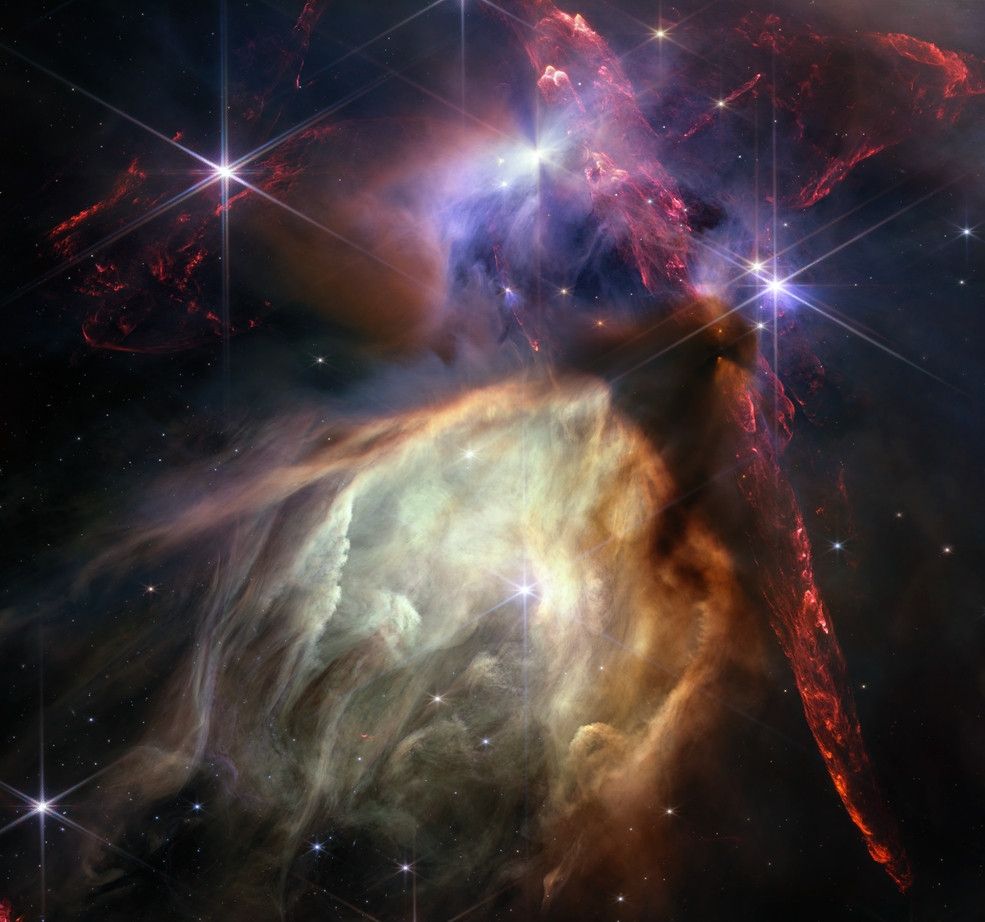
December 27, 2024 at 12:28 PM
Feast your eyes on the Webb Telescope image of Rho Ophiuchi Cloud Complex, the closest star nursery to Earth!
A Mysterious Cosmic ‘Keyhole’ - (NGC 1999)
(Credit: ESA/Hubble & NASA, ESO, K. Noll)
(Credit: ESA/Hubble & NASA, ESO, K. Noll)

December 27, 2024 at 1:29 AM
A Mysterious Cosmic ‘Keyhole’ - (NGC 1999)
(Credit: ESA/Hubble & NASA, ESO, K. Noll)
(Credit: ESA/Hubble & NASA, ESO, K. Noll)
Do you think you're sitting still right now?
- You're on a planet that orbitis a star at 30km/s
- That star is orbiting the center of a galaxy at 230km/s
- That galaxy is moving trough the universe at 600km/s.
Since you started reading this, you have traveled about 3000km.
- You're on a planet that orbitis a star at 30km/s
- That star is orbiting the center of a galaxy at 230km/s
- That galaxy is moving trough the universe at 600km/s.
Since you started reading this, you have traveled about 3000km.
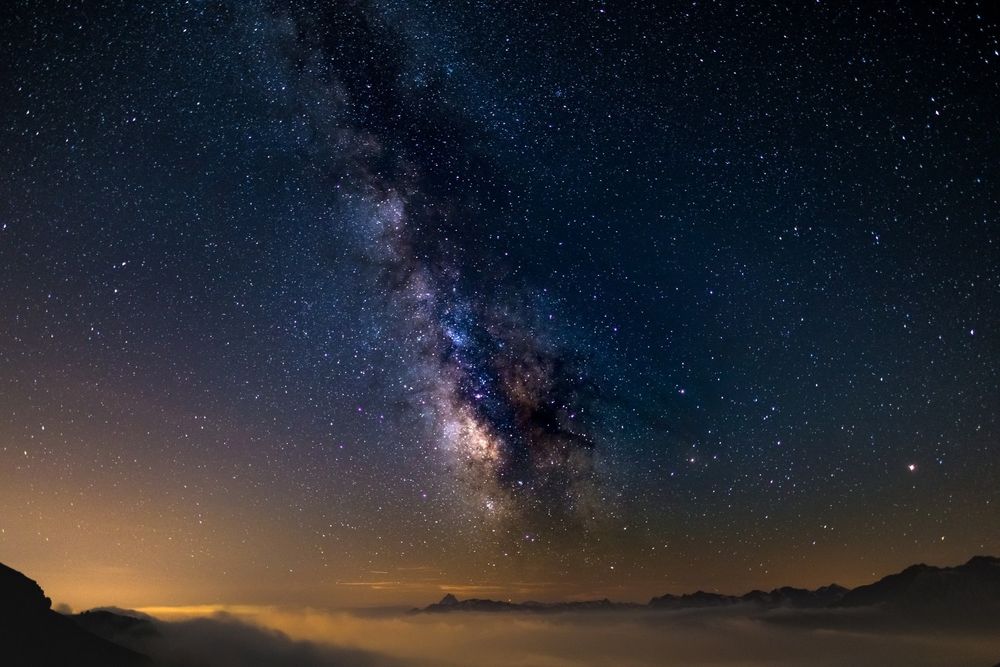
December 26, 2024 at 12:30 PM
Do you think you're sitting still right now?
- You're on a planet that orbitis a star at 30km/s
- That star is orbiting the center of a galaxy at 230km/s
- That galaxy is moving trough the universe at 600km/s.
Since you started reading this, you have traveled about 3000km.
- You're on a planet that orbitis a star at 30km/s
- That star is orbiting the center of a galaxy at 230km/s
- That galaxy is moving trough the universe at 600km/s.
Since you started reading this, you have traveled about 3000km.
MIRI version of the Ring nebula.
By jwst
By jwst
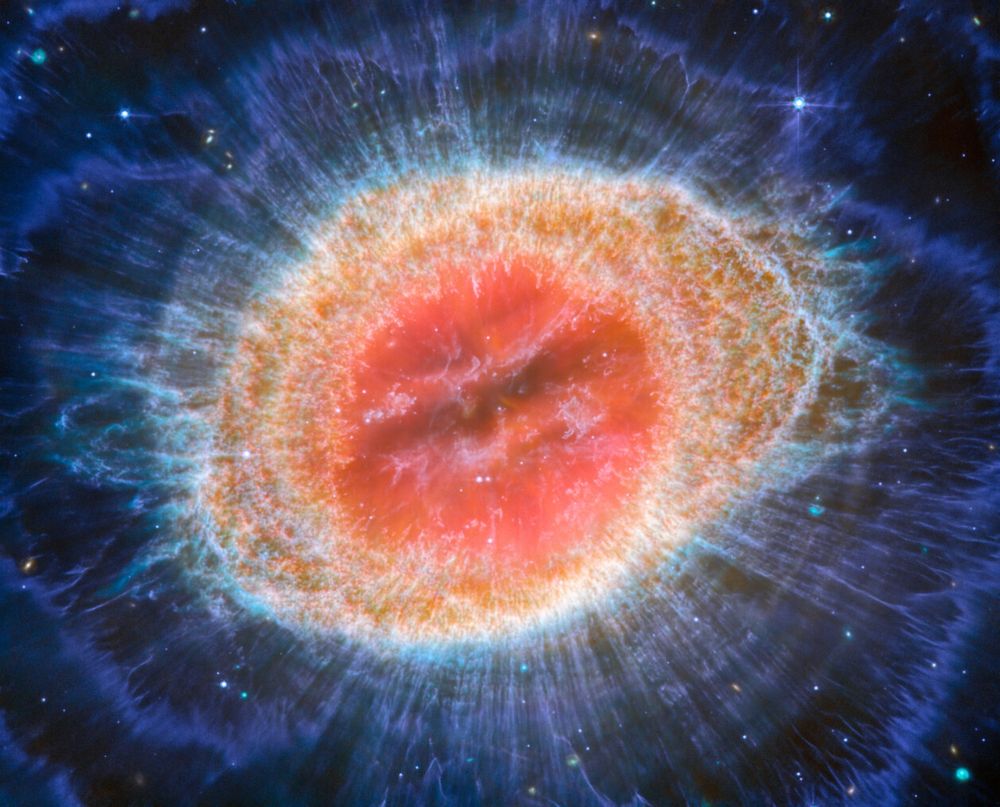
December 26, 2024 at 2:48 AM
MIRI version of the Ring nebula.
By jwst
By jwst
Saturn and its bright rings by JWST.
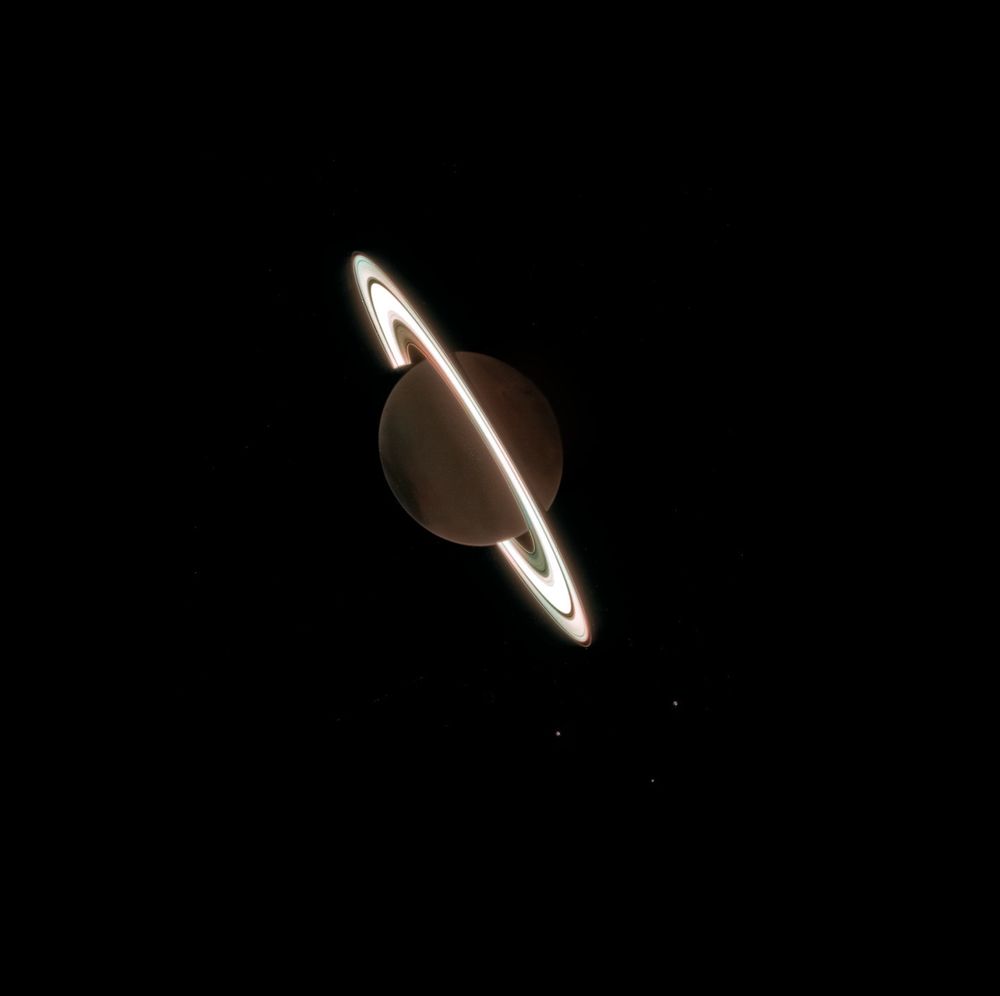
December 25, 2024 at 11:10 PM
Saturn and its bright rings by JWST.
The Pinwheel Galaxy (M101) holds about a trillion stars and is bigger than our own Milky Way
(Credit: NASA/ESA)
(Credit: NASA/ESA)

December 25, 2024 at 11:47 AM
The Pinwheel Galaxy (M101) holds about a trillion stars and is bigger than our own Milky Way
(Credit: NASA/ESA)
(Credit: NASA/ESA)
The Christmas Tree in Space...
Nasa
Nasa

December 25, 2024 at 1:39 AM
The Christmas Tree in Space...
Nasa
Nasa
spiral galaxy NGC 2090[Webb Telescope]

December 24, 2024 at 1:54 AM
spiral galaxy NGC 2090[Webb Telescope]
The young star cluster NGC 602.
Credit JWST
Credit JWST
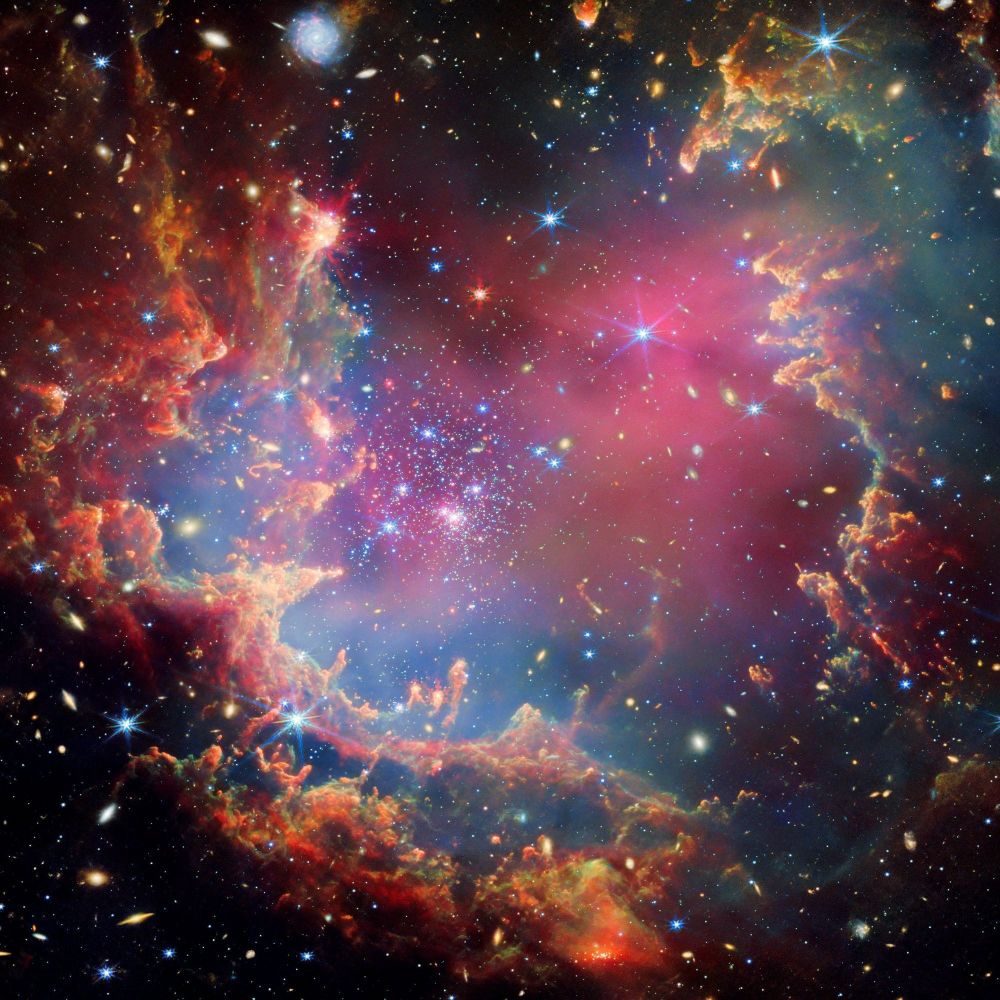
December 23, 2024 at 9:44 PM
The young star cluster NGC 602.
Credit JWST
Credit JWST
This iconic view shows Mystic Mountain, located within the Carina Nebula.[NASA]

December 23, 2024 at 9:33 PM
This iconic view shows Mystic Mountain, located within the Carina Nebula.[NASA]
Saturn in ultraviolet
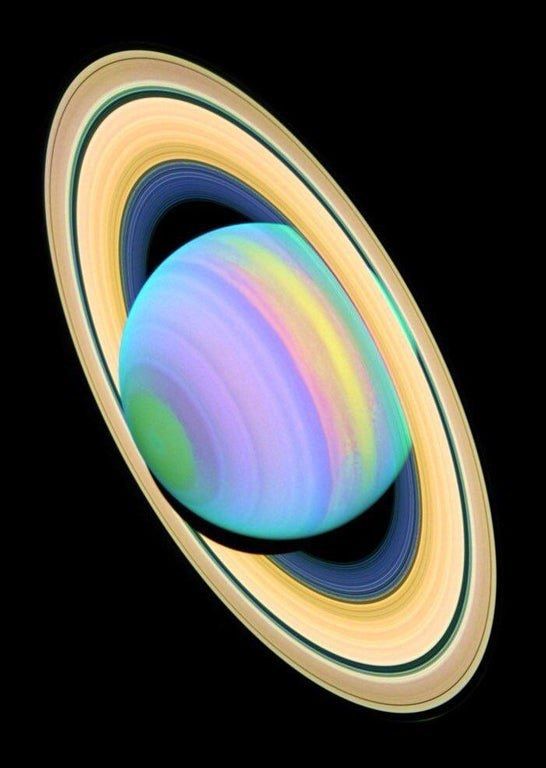
December 23, 2024 at 3:51 PM
Saturn in ultraviolet
Eye in the sky.
You're looking at the Ring Nebula, the remnant of a star that had the mass of 3 suns and exploded ~4,000 years ago.jwst
You're looking at the Ring Nebula, the remnant of a star that had the mass of 3 suns and exploded ~4,000 years ago.jwst
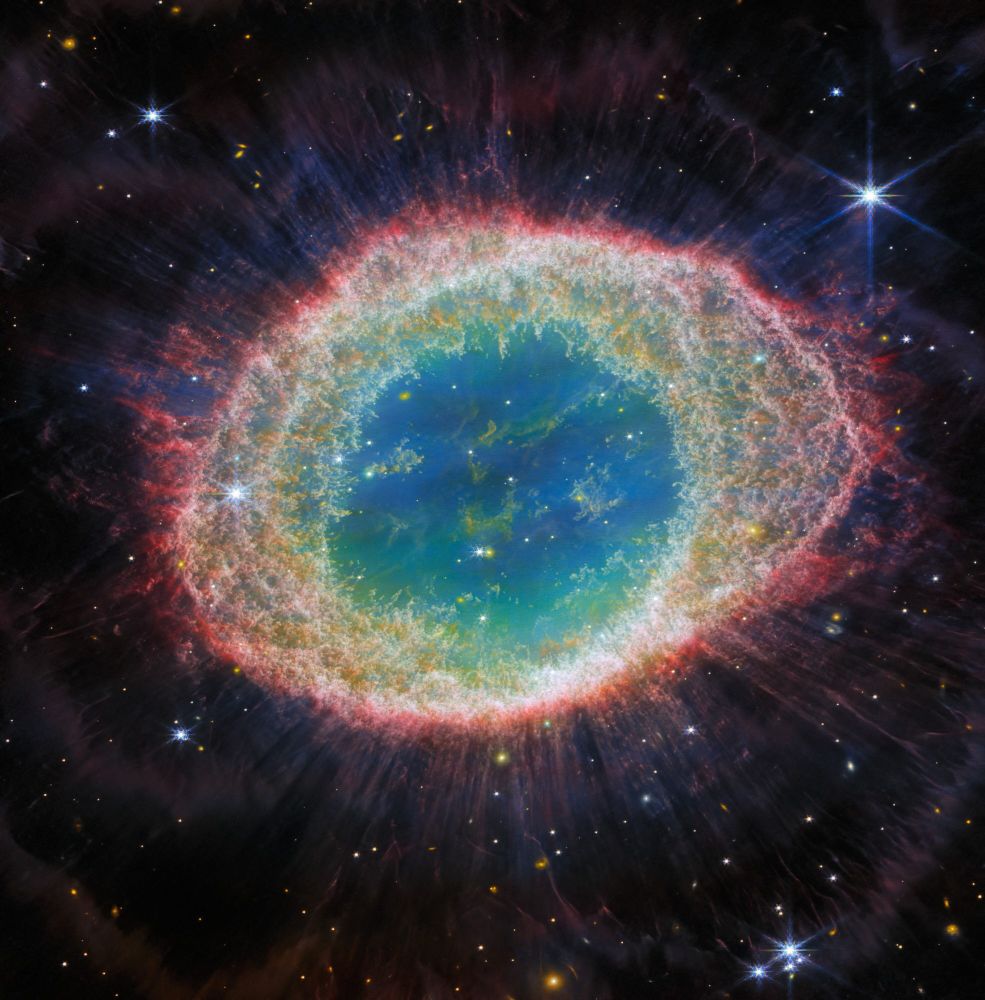
December 23, 2024 at 1:07 AM
Eye in the sky.
You're looking at the Ring Nebula, the remnant of a star that had the mass of 3 suns and exploded ~4,000 years ago.jwst
You're looking at the Ring Nebula, the remnant of a star that had the mass of 3 suns and exploded ~4,000 years ago.jwst
NGC 2264 and Fox Fur Nebula
📸 Andy Chatman
📸 Andy Chatman
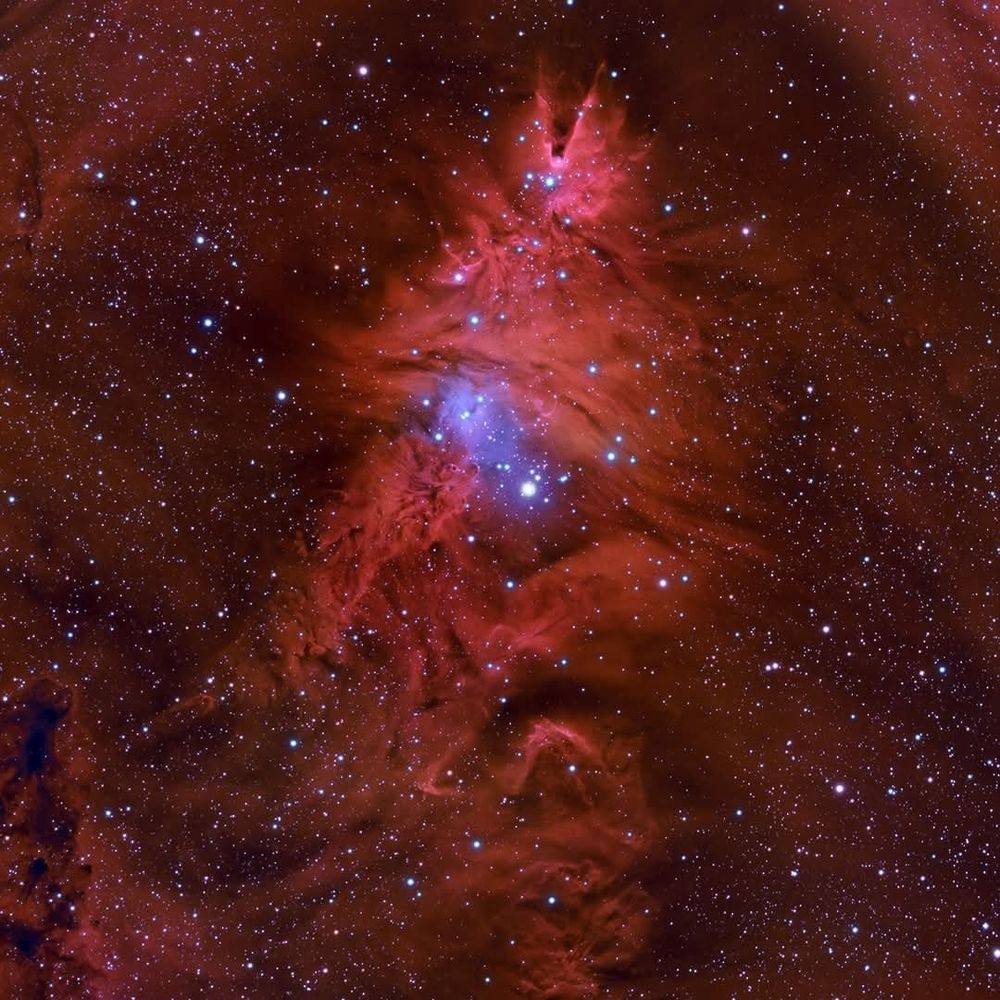
December 23, 2024 at 12:35 AM
NGC 2264 and Fox Fur Nebula
📸 Andy Chatman
📸 Andy Chatman
Hubble gazes upon the universe from the ultimate mountaintop – space!
Turns out, it found some "mountains" too. This iconic view shows Mystic Mountain, located within the Carina Nebula.
Turns out, it found some "mountains" too. This iconic view shows Mystic Mountain, located within the Carina Nebula.

December 22, 2024 at 2:14 PM
Hubble gazes upon the universe from the ultimate mountaintop – space!
Turns out, it found some "mountains" too. This iconic view shows Mystic Mountain, located within the Carina Nebula.
Turns out, it found some "mountains" too. This iconic view shows Mystic Mountain, located within the Carina Nebula.
Red Wine Supernova ❤️by-Nasa

December 22, 2024 at 9:14 AM
Red Wine Supernova ❤️by-Nasa

